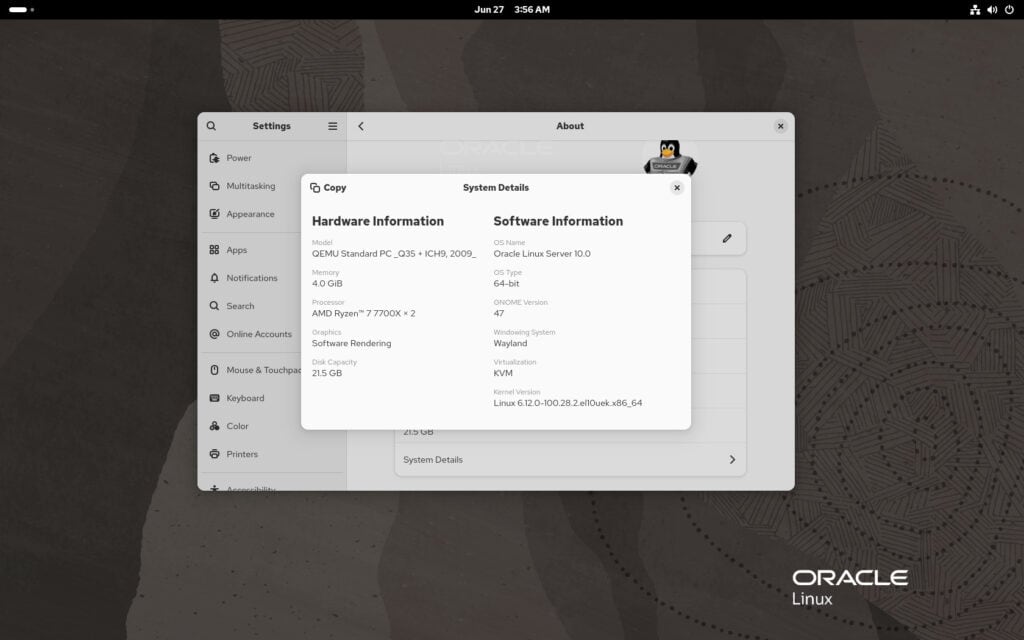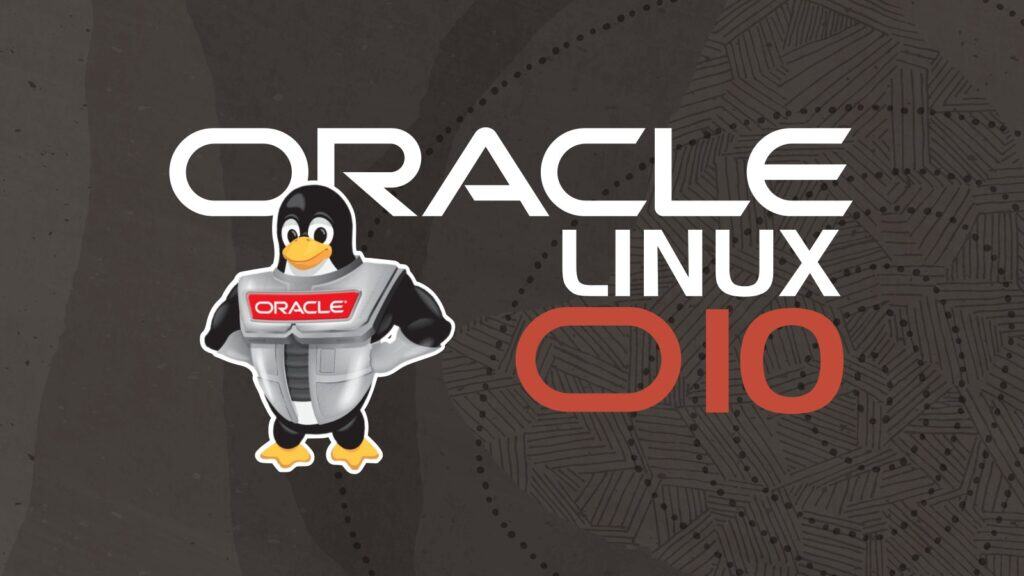After the launch of RHEL 10, followed by Alma 10 and Rocky 10, Oracle Linux 10 has officially arrived, offering complete binary compatibility with Red Hat Enterprise Linux 10 for enterprise environments.
As expected, the release’s main highlight is Unbreakable Enterprise Kernel 8.1 (UEK 8.1). Built specifically for handling data-intensive and compute-heavy workloads, UEK 8.1 substantially improves memory management, file systems, and networking performance.
Another standout feature is Oracle Ksplice, available with Oracle Linux Premier Support. This powerful tool provides zero-downtime patching, allowing organizations to apply critical kernel and user space updates, such as those affecting glibc and OpenSSL, without system reboots.
On the security front, the updated OpenSSH implementation delivers robust authentication improvements and mitigations against common attack vectors, such as keystroke obfuscation to prevent side-channel attacks and enhanced protection of SSH credentials.
Furthermore, Oracle is exploring the future with post-quantum cryptography (PQC) as a technology preview, providing developers with an early look at algorithms capable of resisting quantum-based threats.

Developers will also find substantial enhancements in Oracle Linux 10. Upgrades to the GNU Compiler Collection (GCC) include new C, C++, and OpenMP features, fortified security options, and improved diagnostics. A notable addition is Valkey, a high-performance, in-memory key-value store that seamlessly replaces Redis while offering greater scalability.
Grafana receives a significant UI refresh alongside improved user access management. Moreover, developers working with .NET benefit from new networking and data access APIs, extending platform versatility.
Programming languages and database technologies also receive updates. Python’s latest iteration achieves accelerated execution through optimized compilers, while improvements in Perl, Node.js, and MySQL enhance developer productivity, application security, and performance.
For more information, see the announcement or check out the release notes.
For those running Oracle Linux 8 or 9, the transition to version 10 is streamlined via the Leapp utility. Oracle’s documentation provides detailed migration guides.
